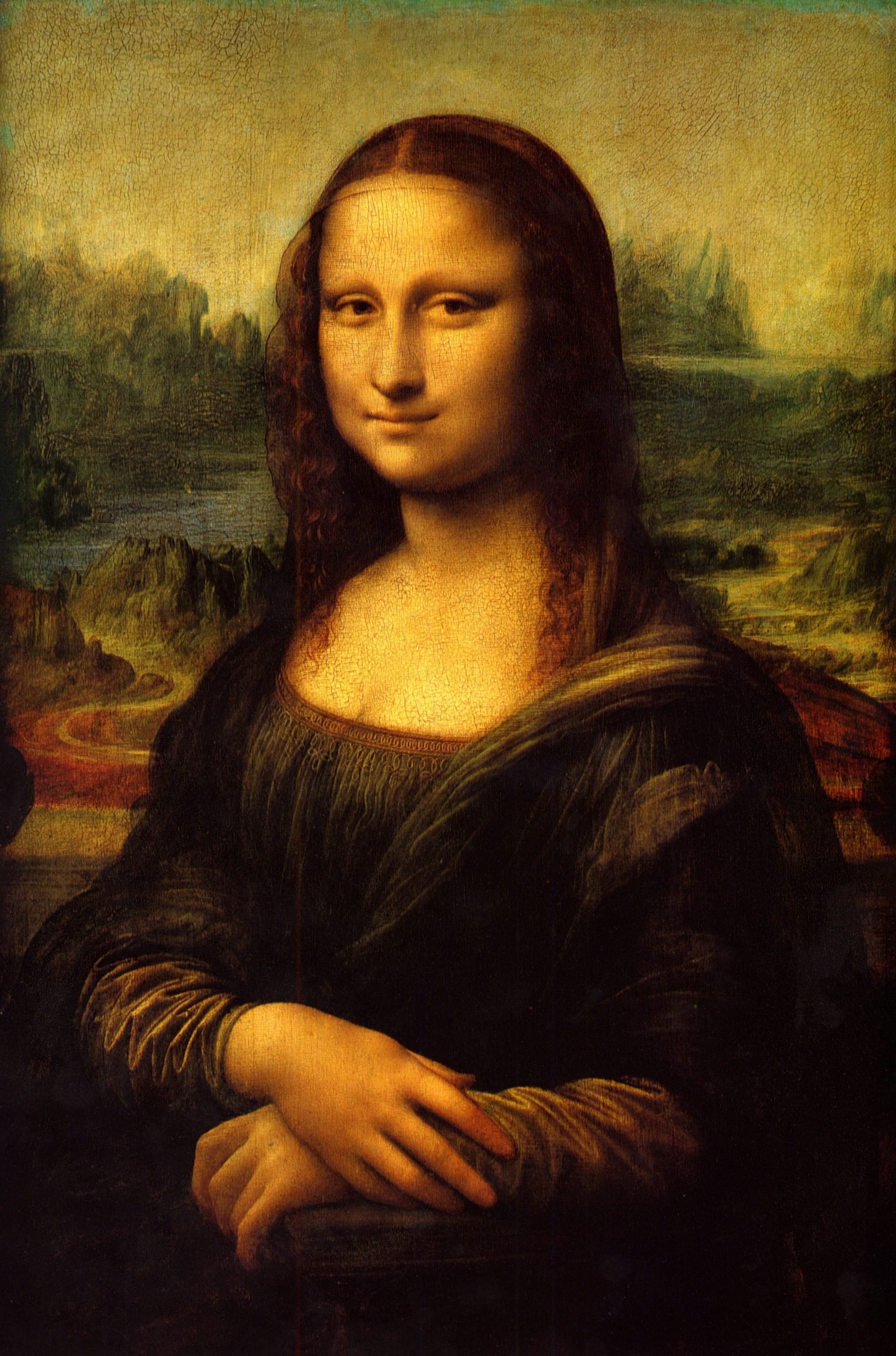
The wild speculations surrounding both the identity and the mysterious smile of the sitter for the world’s most famous portrait, Leonardo da Vinci’s Mona Lisa, just never cease to amaze.
Today, art historians are mostly settled on the assumption that the painting depicts Lisa Gherardini, the wife of a Florentine merchant named Francesco del Giocondo. But that doesn’t stop art historians and critics from putting forward a plethora of speculations over her demure smile, with some theories sounding more peculiar than others.
And now, Jonathan Jones, the Guardian’s controversial art critic, is the latest to have stepped in with his own outré analysis.
After reminding us of older theories—including Giorgio Vasari’s claim that the legendary painter employed musicians and jesters to make her smile, Walter Pater’s suitably Victorian comment that she looked like a “vampire,” and Duchamp’s assertion that she looked androgynous—Jones goes out on a limb to suggest that Gherardini’s intriguing expression might have been caused by syphilis.
According to Jones, Gherardini is recorded in the ledger of a Florentine convent, which shows that she had snail water from their apothecary, a fluid that was allegedly used at the time to treat sexually transmitted diseases.
Jones admits that the date chronicled in the ledger places the purchase a good 10 years after she had posed for Da Vinci in 1503. But, not letting fact get in the way of a good story, the critic then takes the plunge and asks us to imagine that Gherardini was already suffering from it when she sat for the Renaissance poster boy.
“Pools of dark shadow spread across del Giocondo’s face,” he writes, “lending definition to her beauty, but also hinting at a melancholy behind her half-smile. The shadows around her eyes could easily seem unhealthy. The strange greenish light that bathes her could be a miasma of sickness.”
To support his theory that the Mona Lisa might be an ominous portrait of a morbidly sick woman, Jones references Sigmund Freud’s 1910 book Leonardo da Vinci and a Memory of His Childhood. There, the famous psychoanalyst claims the artist was a gay man afraid of sexual encounters, who then sublimated his libido into relentless artistic and scientific pursuits.
Whether a luminous portrait of a mysterious woman, or a painting about sex and death—the Freudian Eros and Thanatos—the iconic masterpiece seems to be the most enduring vehicle for mirroring social norms over the centuries, onto which many have projected their own desires and fears.